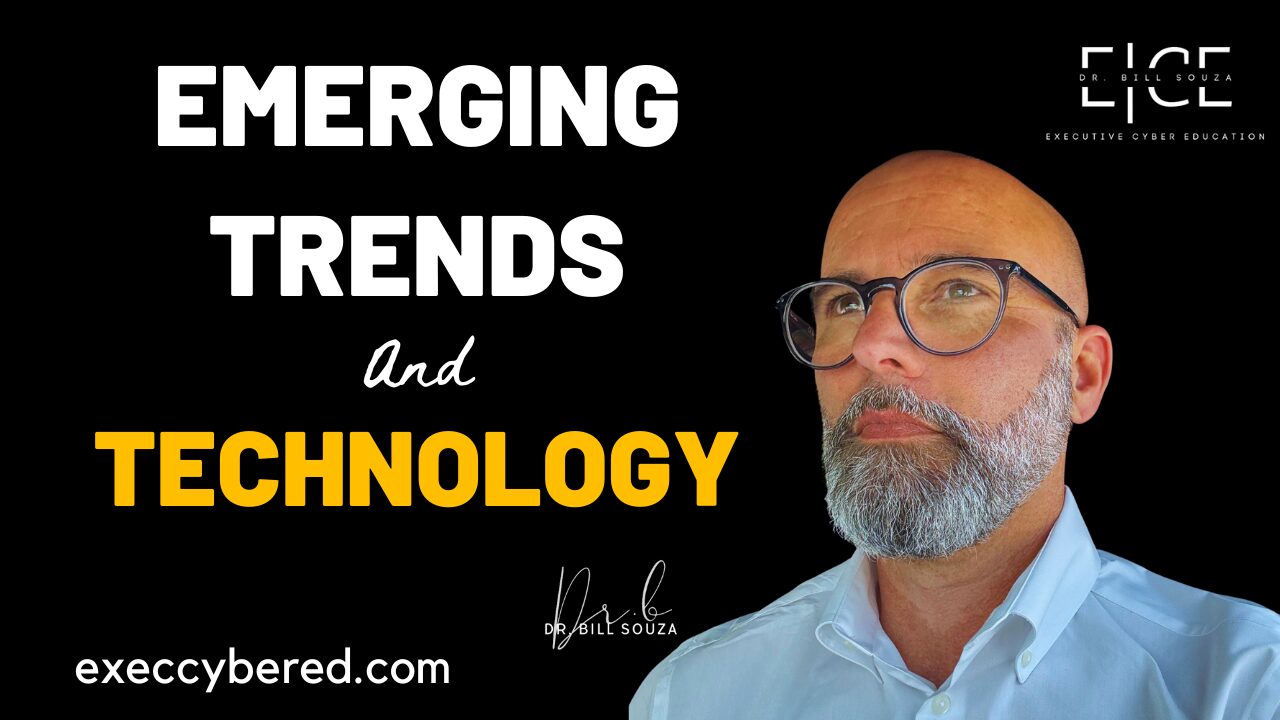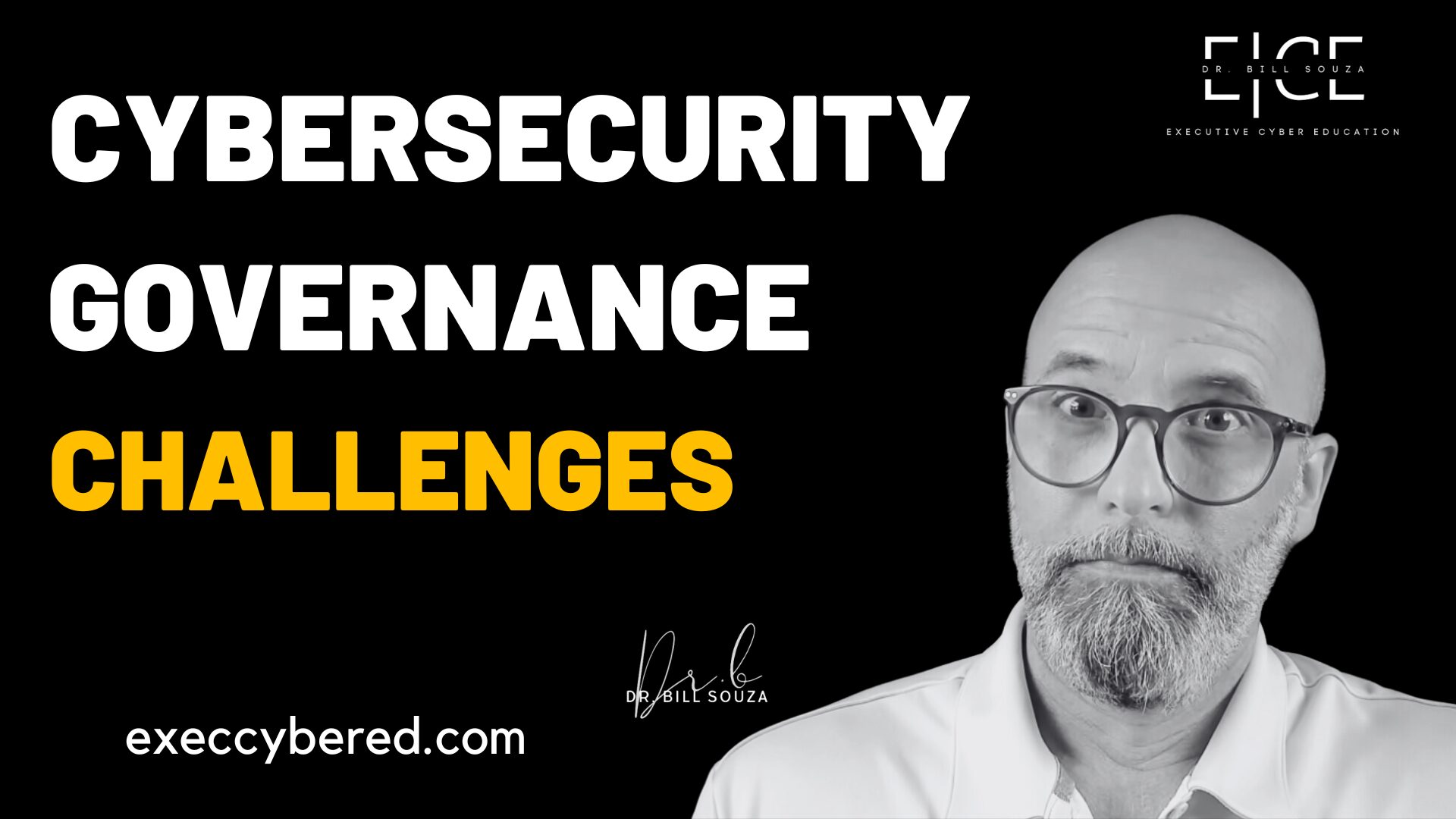On this page
The cybersecurity landscape is in a constant state of flux, driven by increasingly sophisticated threats and an overwhelming volume of vulnerabilities. This relentless pressure has led many organizations to question the effectiveness of traditional vulnerability management practices, which often rely on simple CVE and CVSS scores. The conversation is shifting away from reactive patching and towards a more proactive and contextual approach: Continuous Threat Exposure Management (CTEM).
However, the question that looms large is not which CTEM tool is “best-in-class,” but rather how to effectively integrate such a tool into a broader cyber risk management strategy. The true power of CTEM isn’t in its features alone; it’s in its ability to fundamentally transform an organization’s security posture by aligning technical actions with strategic, mission-based objectives.
This comprehensive guide will go beyond the marketing claims to provide a deep dive into the strategic imperative of CTEM. We’ll explore the five core phases of a successful CTEM program, delve into the critical technical and human elements, and provide a roadmap for building a compelling business case to executive leadership.
The Flawed Foundation: Why CVE and CVSS Are No Longer Enough
For years, the cybersecurity community has relied on the Common Vulnerability and Exposures (CVE) and Common Vulnerability Scoring System (CVSS) to prioritize security work. These systems provide a standardized, universal way to identify and score vulnerabilities. A CVSS score, ranging from 0 to 10, gives us a simple number to represent a vulnerability’s severity.
While this approach was a necessary step forward, it suffers from a critical flaw: it lacks context.
A CVSS score tells you how bad a vulnerability could be in a vacuum. It doesn’t tell you if that vulnerability exists on a mission-critical system that processes customer payments or on a non-essential test server. It doesn’t account for whether the vulnerability is actively being exploited in the wild, or if the asset it resides on is exposed to the internet. As a result, security teams often find themselves in a state of vulnerability fatigue, overwhelmed by an endless stream of “critical” issues, most of which have a negligible impact on the business.
This is where the paradigm shift to CTEM begins. CTEM moves beyond static scores to provide a continuous, proactive view of an organization’s security posture by focusing on the actual threats and attack paths that adversaries would use to compromise your most valuable assets.
The Strategic Blueprint: The 5 Phases of a Successful CTEM Program
A successful CTEM program is not a tool you plug in and forget about. It’s a strategic, five-phase loop that requires a continuous interplay between technology and human intelligence.
Phase 1: Scope – Defining Your “Crown Jewels”
Before you can effectively manage threat exposure, you must first know what you are protecting. This is the most crucial step and a core tenet of mission-based cybersecurity. Scoping is about moving away from the assumption that every asset is equally important.
- How to Scope:
- Identify Mission-Critical Assets: Work with business leaders to identify the systems, data, and applications that are absolutely essential to the organization’s mission and revenue generation. These are your “crown jewels.”
- Assess Asset Criticality: Use a tiered system (e.g., Tier 1 for mission-critical, Tier 2 for business-essential, Tier 3 for supporting assets). This allows you to prioritize resources and effort from the start.
- Map Business Processes: Understand how these critical assets support key business processes. A vulnerability on a production database is far more critical if it supports a 24/7 e-commerce platform than if it supports an internal HR portal used only during business hours.
CTEM tools assist in this phase by providing a comprehensive and continuous discovery of your assets, helping you build and maintain an accurate asset inventory. This foundational data ensures that all subsequent analysis is grounded in a clear understanding of your environment.
Phase 2: Discovery – Understanding the Threat Landscape
With your scope defined, the next step is to discover vulnerabilities and, more importantly, the potential attack paths that could compromise your critical assets. Traditional vulnerability scanners simply provide a list of vulnerabilities. CTEM takes this a step further by mapping those vulnerabilities to the specific ways an attacker could exploit them.
- CTEM in Action: A CTEM platform integrates data from various sources—vulnerability scanners, cloud security posture management (CSPM) tools, and network traffic analyzers. It then uses this information to model attack paths. It might show that a low-severity vulnerability on a public-facing web server, when combined with a misconfiguration on an internal Active Directory server, creates a direct path for an attacker to compromise your Tier 1 database. This is a level of contextual insight that a simple CVSS score could never provide.
This phase transforms your approach from patching everything to strategically focusing on the weaknesses that pose the most significant risk to your mission.
Phase 3: Prioritization – Focusing on What Matters Most
This is where the magic happens and where CTEM truly shines. Prioritization is no longer about sorting a spreadsheet by a CVSS score. It’s about combining threat intelligence, asset criticality, and contextual factors to produce a dynamic, data-driven priority list.
- Contextual Prioritization:
- Threat Intelligence: CTEM tools ingest real-time threat intelligence feeds to identify which vulnerabilities are being actively exploited by specific threat actors. A vulnerability with a CVSS score of 7.0 might be a top priority if it’s currently a favorite target of a known ransomware group.
- Mission Impact: The platform links the vulnerability directly to the assets’ criticality. A critical vulnerability on a Tier 3 asset might be de-prioritized in favor of a medium-severity vulnerability on a Tier 1 asset that could lead to a catastrophic business interruption.
- Exposure: CTEM also considers the exposure of the asset. An asset with a known vulnerability is a higher priority if it’s internet-facing and has no compensating security controls.
This refined approach ensures that your security teams are always working on the issues that matter most, maximizing their impact and preventing vulnerability fatigue.
Phase 4: Validation – Proving the Risk Exists
Before you commit resources to remediation, you need to validate that the identified risk is real and exploitable. CTEM tools automate this process. They don’t just tell you a vulnerability exists; they can simulate an attack to confirm that the attack path is viable.
- Automated Validation: A CTEM platform can perform non-intrusive, controlled tests to confirm a vulnerability. This provides concrete evidence of a weakness, which is invaluable when communicating with business unit owners who may be skeptical of technical findings. It moves the conversation from “We think this might be a problem” to “We have confirmed this is a viable path for an adversary to compromise this system.”
This phase turns theoretical risk into a tangible business problem that leadership can’t ignore.
Phase 5: Mobilization – Taking Action and Measuring Progress
The final step is to mobilize your teams to take action. This isn’t just about handing off a list of vulnerabilities; it’s about providing a clear, prioritized, and validated action plan.
- Actionable Intelligence: The CTEM report should not be a raw data dump. It should provide a clear, prioritized list of what needs to be fixed, why it needs to be fixed (tied to mission impact), and how to fix it.
- Measuring Success: CTEM platforms provide metrics that move beyond simple patch counts. You can measure your progress based on risk reduction, showing that your team has reduced the number of exposed mission-critical assets, not just the total number of vulnerabilities. This is the language that executives understand.
The Business Case for CTEM: Talking to Leadership
To secure the budget and buy-in for a CTEM program, you must build a compelling business case that resonates with leadership. You can’t just sell features; you have to sell a solution to their biggest fears: business interruption, reputational damage, and financial loss.
- From Technical Jargon to Business Metrics: Instead of saying, “We need to fix 10,000 vulnerabilities,” say, “We need to address the five most critical attack paths that could lead to a catastrophic service outage, which would cost the company an estimated $1 million per hour.”
- Show, Don’t Just Tell: Use data from a pilot program or a small-scale assessment to demonstrate the value of CTEM. Use the platform’s insights to reveal a previously unknown attack path to a critical asset.
- Connect to Business Objectives: Frame CTEM as an investment in operational resilience and mission assurance. Explain how it helps the organization maintain uptime, protect customer data, and uphold its brand reputation—all of which are key performance indicators for any leader.
The Human in the Loop: The Indispensable Role of Soft Skills
Even the most advanced CTEM tool is useless without the human element. The strategic deployment, analysis, and communication of the results require a unique set of soft skills that technical training often overlooks.
- Building Relationships: CTEM requires collaboration with business units, IT operations, and engineering teams. You must build trust and rapport to ensure you get the access and information you need.
- Effective Communication: You must learn to “translate” complex technical findings into a language that business leaders can understand. This means using analogies, visual aids, and focusing on the mission impact rather than the technical details.
- Negotiation and Influence: Implementing a CTEM strategy will inevitably lead to difficult conversations about resource allocation and patching schedules. Your ability to influence stakeholders and negotiate solutions will be as important as your technical knowledge.
A powerful phrase to remember: “Do not raise your voice, but improve your argument.” CTEM provides the data to dramatically improve your argument, giving you the context, evidence, and mission-based justification you need to win over even the most skeptical stakeholders.
The Future of Cybersecurity Risk Management
The move to CTEM is more than just a new trend; it’s an evolution in how we think about and manage cybersecurity risk. It’s an acknowledgment that we can no longer afford to be reactive. By embracing a CTEM methodology, powered by a sophisticated platform and guided by human expertise, organizations can move from a state of constant firefighting to one of proactive, strategic defense.
Ultimately, the goal is not to eliminate all vulnerabilities—that’s an impossible task. The goal is to continuously reduce the most critical threat exposure and ensure that when a cyberattack inevitably occurs, your most valuable assets are fortified, and your mission is protected.
For more information and to start your journey, consider exploring guidance from leading organizations like Gartner on Continuous Threat Exposure Management and frameworks like the NIST Cybersecurity Framework on Risk Management.
Cyber Risk Assessment – 3-Step Framework: https://www.execcybered.com/ECE/3-step-framework-sp/3-step-framework/








